-
 Bitcoin
Bitcoin $78,460.7755
-4.88% -
 Ethereum
Ethereum $1,558.5692
-11.54% -
 Tether USDt
Tether USDt $0.9994
0.02% -
 XRP
XRP $1.8772
-9.65% -
 BNB
BNB $551.3710
-4.96% -
 USDC
USDC $0.9999
0.01% -
 Solana
Solana $105.7177
-8.11% -
 Dogecoin
Dogecoin $0.1473
-8.99% -
 TRON
TRON $0.2275
-4.91% -
 Cardano
Cardano $0.5731
-8.32% -
 UNUS SED LEO
UNUS SED LEO $8.9347
-1.29% -
 Toncoin
Toncoin $3.0026
-9.25% -
 Chainlink
Chainlink $11.2237
-8.26% -
 Stellar
Stellar $0.2300
-8.37% -
 Avalanche
Avalanche $16.4153
-4.20% -
 Shiba Inu
Shiba Inu $0.0...01131
-4.94% -
 Sui
Sui $1.9699
-5.74% -
 MANTRA
MANTRA $6.2737
1.56% -
 Hedera
Hedera $0.1441
-6.80% -
 Polkadot
Polkadot $3.6006
-7.40% -
 Bitcoin Cash
Bitcoin Cash $272.0494
-7.59% -
 Dai
Dai $0.9999
0.00% -
 Litecoin
Litecoin $70.2187
-10.82% -
 Ethena USDe
Ethena USDe $0.9986
-0.03% -
 Bitget Token
Bitget Token $4.0633
-6.47% -
 Pi
Pi $0.5819
-6.56% -
 Hyperliquid
Hyperliquid $11.0739
-2.52% -
 Monero
Monero $199.4060
-5.67% -
 Uniswap
Uniswap $5.1122
-8.93% -
 OKB
OKB $51.0005
-5.20%
Does Lightning Network require handling fees?
Lightning Network transactions within channels are free, but opening, closing, and routing incur fees paid to nodes, varying based on factors like path length, node policies, and network congestion. Understanding these fees is key to efficient LN usage.
Mar 20, 2025 at 07:43 pm
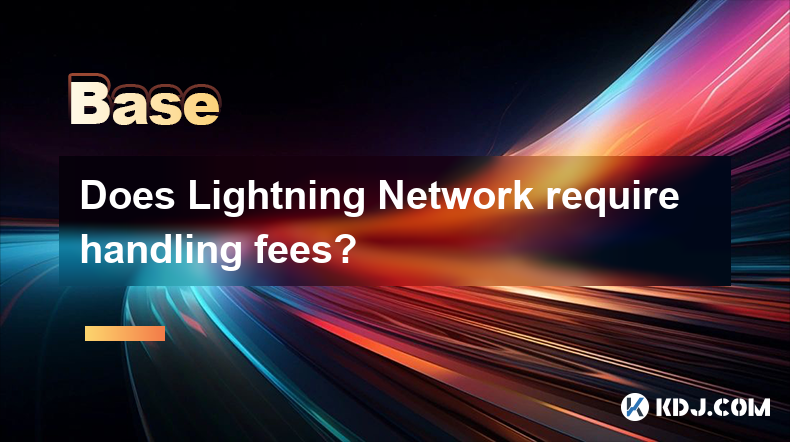
Key Points:
- The Lightning Network (LN) uses micropayment channels to facilitate near-instantaneous transactions.
- While transactions within a channel are essentially free, opening and closing channels, and routing payments through the network, do incur fees.
- These fees are paid to the nodes that facilitate the transaction, and their amount varies depending on several factors.
- Understanding these fees is crucial for optimizing LN usage and avoiding unexpected costs.
Does Lightning Network Require Handling Fees?
The Lightning Network (LN) is a layer-2 scaling solution built on top of Bitcoin that aims to significantly increase transaction speed and reduce fees. However, the question of whether it entirely eliminates fees is nuanced. While transactions within a payment channel are virtually free, fees are still involved in other aspects of its operation. Let's break down the different types of fees encountered when using the Lightning Network.
Channel Opening and Closing Fees:
Opening and closing a Lightning channel involves on-chain Bitcoin transactions. These transactions incur standard Bitcoin transaction fees, paid to miners for validating and including the transactions in a block. The size of these fees depends on the network congestion; higher congestion leads to higher fees. The fees for opening are typically higher than those for closing.
- Opening: The fees depend on the size of the channel and the network's congestion at the time of opening. A larger channel requires a larger on-chain transaction, leading to higher fees.
- Closing: The fee depends on the size of the transaction required to settle the channel and current Bitcoin network congestion.
Routing Fees:
This is perhaps the most crucial aspect of LN fees. When routing a payment across the network, it passes through multiple nodes. Each node along the payment path charges a small fee for its services. These fees are usually tiny fractions of a satoshi, but they accumulate over longer payment paths. The total routing fee depends on several factors:
- Path Length: The longer the payment route, the more nodes involved, and thus the higher the cumulative fees.
- Node Policies: Each node sets its own fee policies, including base fees and proportional fees based on the payment amount. Some nodes might prioritize speed over low fees, and vice versa.
- Network Congestion: During periods of high network activity, nodes might increase their fees to manage demand.
Factors Affecting Lightning Network Fees:
Several factors influence the overall cost of using the Lightning Network. Understanding these factors is vital for managing your expenses effectively.
- Channel Capacity: Larger channels usually result in lower per-transaction fees because they accommodate more transactions before needing to be closed and reopened.
- Payment Amount: While routing fees are often small, larger payment amounts might incur proportionally higher fees.
- Node Selection: Choosing nodes with favorable fee policies can significantly reduce the overall cost of your transactions. Some routing tools allow users to select specific nodes or prioritize routes with lower fees.
- Network Conditions: Network congestion can directly impact fees, both on-chain and within the Lightning Network itself.
Minimizing Lightning Network Fees:
Several strategies can help users minimize the fees they incur while using the Lightning Network.
- Opening Larger Channels: Opening channels with a larger capacity reduces the frequency of opening and closing, thus minimizing on-chain fees.
- Careful Route Selection: Utilizing routing tools that prioritize low fees can help reduce the overall cost of payments.
- Monitoring Network Conditions: Avoid peak network congestion periods when fees are likely to be higher.
- Using Multiple Channels: Diversifying your channels across multiple nodes can offer more routing options and potentially lower fees.
Frequently Asked Questions:
Q: Are Lightning Network fees always lower than Bitcoin on-chain fees?
A: While the goal of LN is to offer significantly lower fees, it’s not always the case. On-chain fees for small transactions can sometimes be comparable to or even lower than the cumulative routing fees on the Lightning Network, especially during periods of low on-chain congestion.
Q: Can I avoid paying any fees on the Lightning Network?
A: No. While transactions within a channel are essentially free, fees are unavoidable for channel opening, closing, and routing payments.
Q: How are Lightning Network fees paid?
A: Channel opening and closing fees are paid in Bitcoin transaction fees to miners. Routing fees are automatically deducted from the payment amount by the nodes involved in routing the transaction.
Q: Are Lightning Network fees predictable?
A: No. Fees are influenced by various dynamic factors like network congestion, node policies, and the chosen payment route, making them somewhat unpredictable. However, you can use tools to estimate fees before making a payment.
Q: Are there any free Lightning Network nodes?
A: While some nodes might have very low fees, no nodes are completely free. All nodes need to cover operational costs, and this is typically done through charging routing fees.
Disclaimer:info@kdj.com
The information provided is not trading advice. kdj.com does not assume any responsibility for any investments made based on the information provided in this article. Cryptocurrencies are highly volatile and it is highly recommended that you invest with caution after thorough research!
If you believe that the content used on this website infringes your copyright, please contact us immediately (info@kdj.com) and we will delete it promptly.
- As Ethereum (ETH) Hovers Around $1814 and Dogecoin (DOGE) Stands at $0.072, Whales From Both Ecosystems Are Making a Notable Shift
- 2025-04-07 23:35:11
- DOGE tumbles 4% as Trump’s auto tariffs tank assets linked to Elon Musk
- 2025-04-07 23:35:11
- MANTRA Launches $108,888,888 Ecosystem Fund to Propel RWA Innovation
- 2025-04-07 23:30:12
- Ripple’s XRP Tumbles 15% to a 5-Month Low of $1.64, Liquidations Exacerbate the Plunge
- 2025-04-07 23:30:12
- The MANTRA blockchain ecosystem takes a bold step towards the future of decentralized finance (DeFi)
- 2025-04-07 23:25:11
- WHAT may appear to be small change could, in fact, turn out to be a small fortune
- 2025-04-07 23:25:11
Related knowledge
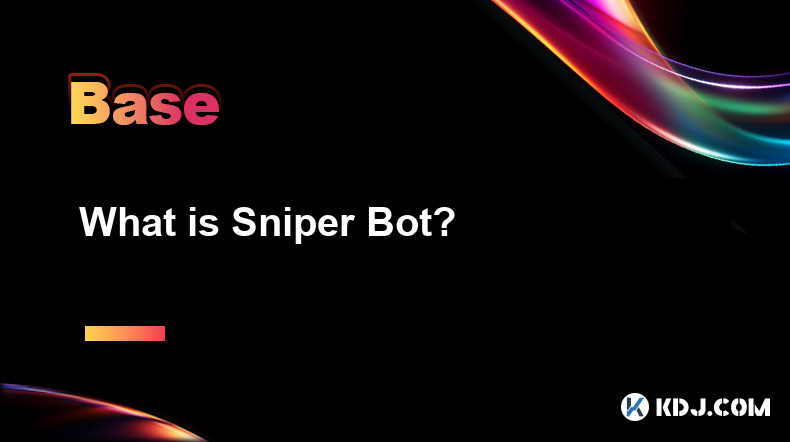
What is Sniper Bot?
Apr 07,2025 at 10:43pm
A Sniper Bot is a type of automated trading software used within the cryptocurrency market to execute trades at optimal times, often milliseconds before other traders. These bots are designed to take advantage of new token listings, price fluctuations, and other market opportunities to buy or sell assets quickly and efficiently. The primary goal of a Sn...
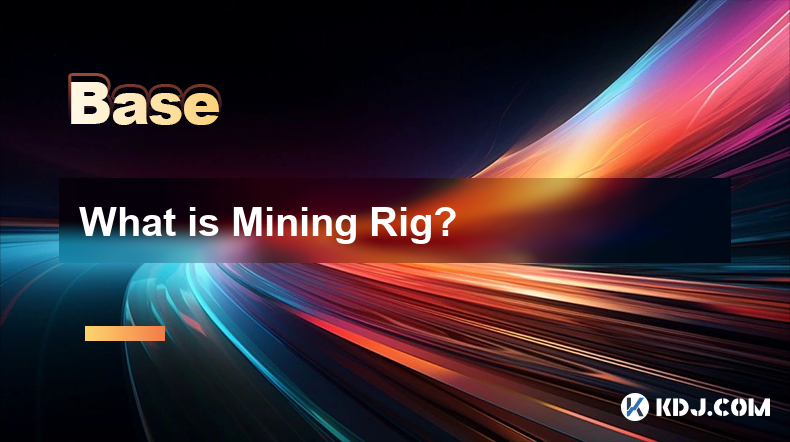
What is Mining Rig?
Apr 07,2025 at 11:08pm
A mining rig is a specialized computer system designed specifically for the purpose of mining cryptocurrencies. Mining, in the context of cryptocurrencies, refers to the process of solving complex mathematical problems to validate transactions and add them to the blockchain. This process requires significant computational power, and a mining rig is buil...
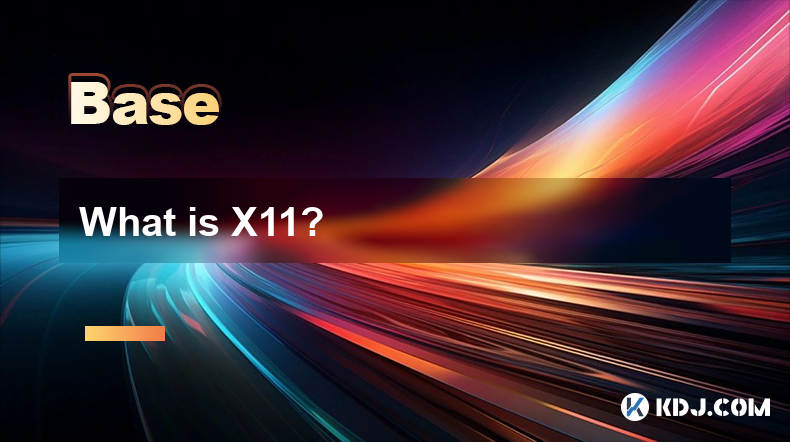
What is X11?
Apr 07,2025 at 09:22pm
What is X11? X11 is a cryptographic hash function used in various cryptocurrencies, most notably in the Dash cryptocurrency. It is designed to provide a high level of security and efficiency, making it a popular choice for blockchain networks. The X11 algorithm is unique because it uses a chain of 11 different hashing algorithms, which enhances its secu...
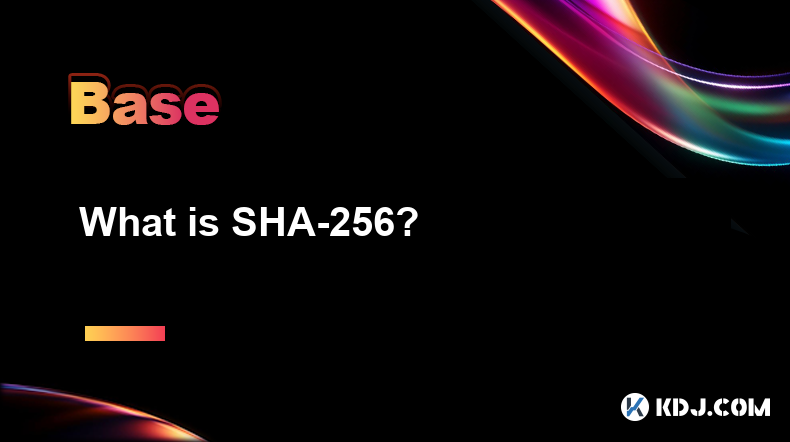
What is SHA-256?
Apr 07,2025 at 11:15pm
What is SHA-256?SHA-256, or Secure Hash Algorithm 256-bit, is a cryptographic hash function that is part of the SHA-2 family of hash functions. It is widely used in the cryptocurrency world, particularly in Bitcoin and other blockchain technologies, for securing data and ensuring the integrity of transactions. This article will delve into the specifics ...
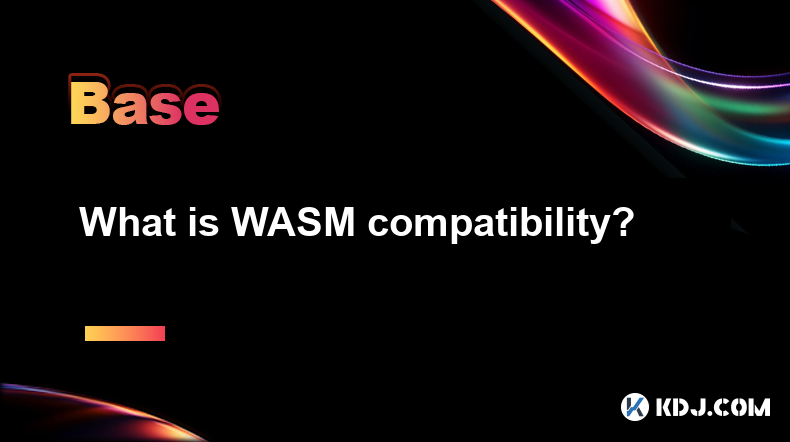
What is WASM compatibility?
Apr 07,2025 at 09:08pm
What is WASM Compatibility? WASM, or WebAssembly, is a binary instruction format for a stack-based virtual machine. It is designed to be a portable compilation target for programming languages, enabling deployment on the web for client and server applications. In the context of cryptocurrencies and blockchain technology, WASM compatibility refers to the...
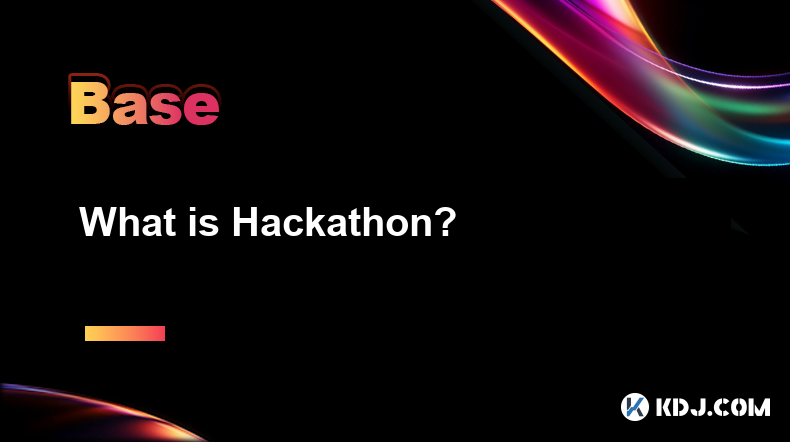
What is Hackathon?
Apr 07,2025 at 10:14pm
A Hackathon is an event where individuals or teams come together to collaborate intensively on software projects, often related to specific themes or challenges. In the context of the cryptocurrency circle, hackathons are frequently organized to foster innovation and development within the blockchain and crypto space. These events bring together develop...

What is Sniper Bot?
Apr 07,2025 at 10:43pm
A Sniper Bot is a type of automated trading software used within the cryptocurrency market to execute trades at optimal times, often milliseconds before other traders. These bots are designed to take advantage of new token listings, price fluctuations, and other market opportunities to buy or sell assets quickly and efficiently. The primary goal of a Sn...

What is Mining Rig?
Apr 07,2025 at 11:08pm
A mining rig is a specialized computer system designed specifically for the purpose of mining cryptocurrencies. Mining, in the context of cryptocurrencies, refers to the process of solving complex mathematical problems to validate transactions and add them to the blockchain. This process requires significant computational power, and a mining rig is buil...

What is X11?
Apr 07,2025 at 09:22pm
What is X11? X11 is a cryptographic hash function used in various cryptocurrencies, most notably in the Dash cryptocurrency. It is designed to provide a high level of security and efficiency, making it a popular choice for blockchain networks. The X11 algorithm is unique because it uses a chain of 11 different hashing algorithms, which enhances its secu...

What is SHA-256?
Apr 07,2025 at 11:15pm
What is SHA-256?SHA-256, or Secure Hash Algorithm 256-bit, is a cryptographic hash function that is part of the SHA-2 family of hash functions. It is widely used in the cryptocurrency world, particularly in Bitcoin and other blockchain technologies, for securing data and ensuring the integrity of transactions. This article will delve into the specifics ...

What is WASM compatibility?
Apr 07,2025 at 09:08pm
What is WASM Compatibility? WASM, or WebAssembly, is a binary instruction format for a stack-based virtual machine. It is designed to be a portable compilation target for programming languages, enabling deployment on the web for client and server applications. In the context of cryptocurrencies and blockchain technology, WASM compatibility refers to the...

What is Hackathon?
Apr 07,2025 at 10:14pm
A Hackathon is an event where individuals or teams come together to collaborate intensively on software projects, often related to specific themes or challenges. In the context of the cryptocurrency circle, hackathons are frequently organized to foster innovation and development within the blockchain and crypto space. These events bring together develop...
See all articles





















































































